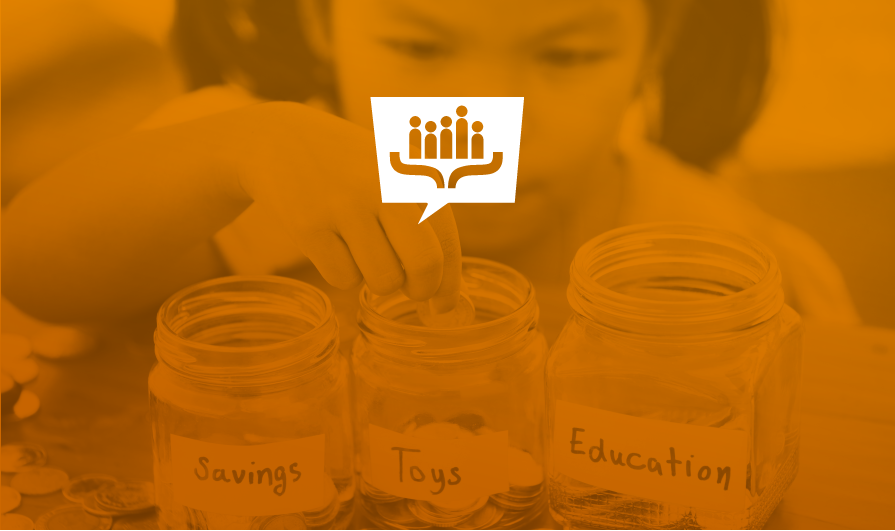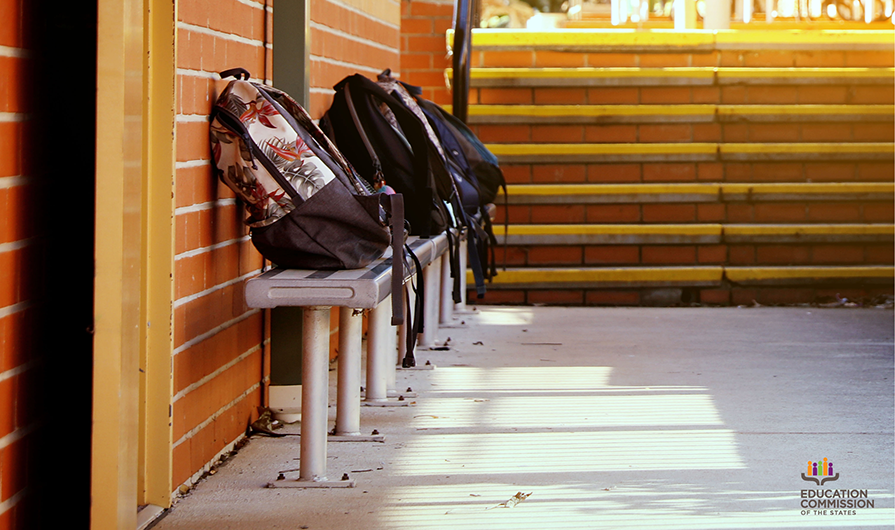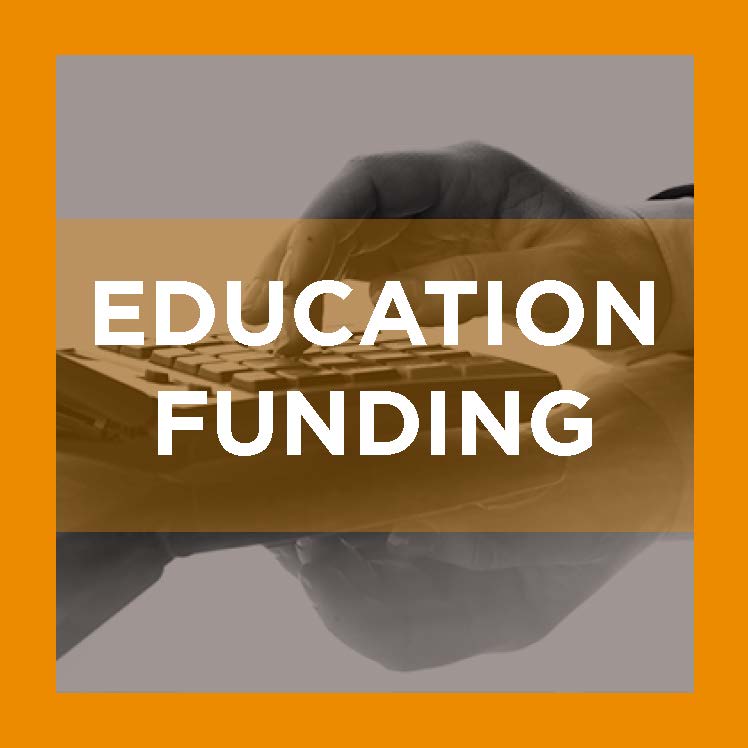Local Schools, Local Funding
Today 44.6 percent of funding for public education in this country comes from local sources with most of this local money coming from property taxes. This means that almost half of the funding for public education in this country is raised locally and spent locally. Our current funding model works as long as most students attend schools within their home district. However, more and more public school students are attending schools outside of their home districts, which is placing stress on our funding model. Now might be the time for states to rethink the way that we fund schools in this country and start to think about a truly statewide education revenue model.
The Breaking of the Model
While there have always been programs that educated students outside of their home district, the number of students enrolled in these programs has tended to be small. As long as the number of students educated in schools/educational programs outside of their home district remained small, then their needs could be addressed under the current funding model. However, today we have an explosion in education programs that can take place outside of a student’s home district; these include charter schools, open enrollment programs, virtual learning and dual/concurrent enrollment programs.
Sending Local Taxes Outside of the District
As more local funding is sent to schools outside of a student’s home district, it is forcing us to rethink the idea of what local funding means. Homeowners may be less likely to pass local tax increases when they find out that a percentage of that tax increase will be sent to schools in the next district over – or even to schools on the other side of the state.
A Truly Statewide Funding Model
With an education system that increasingly allows students to attend schools out of district, states may want to consider a state-focused revenue system that replaces local property taxes with state sales or income taxes. If states swap out local property taxes for statewide sales or income taxes, they will lose the financial stability that property taxes provide. Because of this, states may want to look at swapping out local property taxes for a statewide property tax. A statewide property tax would provide financial stability and allow states to move away from a locally focused funding model. Some states, like Michigan, already make use of a statewide property tax to fund their schools.
Cautionary Note
While it is easy to say that states should simply swap their local property taxes for a statewide property tax, there are many reasons why states may not want to, or be able to, make this change. The main issue is that moving to a statewide funding system would take away a great deal of local control from school districts. A statewide model would mean that all, or almost all, revenue decisions would be made by state legislators and not by local school board members. Many taxpayers/voters would probably react negatively to a move by the state to take total control of all revenue decisions for schools. Because of this, states may want to look at a hybrid system where some local property taxes are replaced by a statewide property tax and the state then uses these funds to help to pay the cost of students who attend education programs outside of their district.






